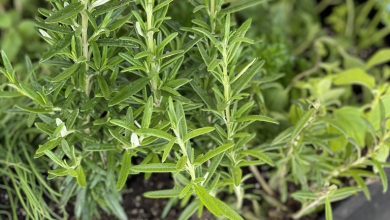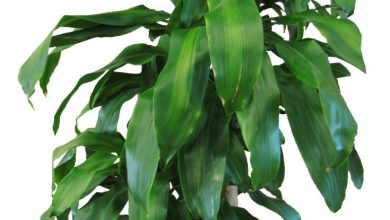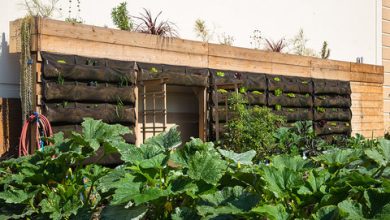Grafts in Horticultural: What they are and how to do them
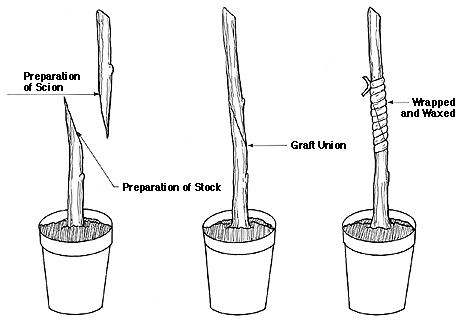
Very good to all Agrohuerters. Today I wanted to tell you about a practice that until recently I was unaware of, grafting vegetables. Normally we think of grafts as something exclusive to tree species and this is not the case since they are currently being used a lot in tomato plants, watermelons, melons and a very long etc. As always we start with the most basic:
What is a graft?
Both a graft in vegetables and in trees is a method of vegetative propagation that consists of uniting an already established plant species (pattern, rootstock or foot) with the variety that is to be grafted (graft) so that together they grow as a single organism. So to speak, one plant is grown with the root of another.
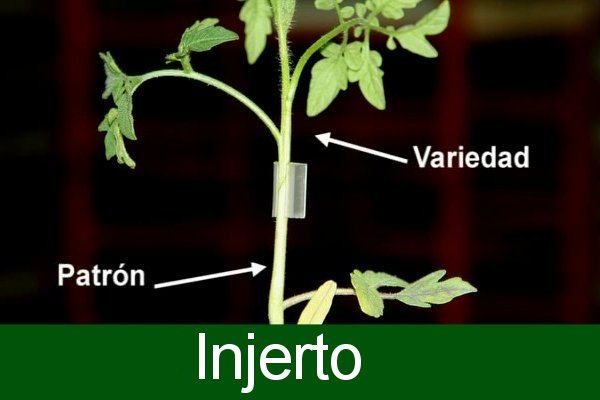
Why they are grafted in vegetables
Normally, with grafts in horticultural crops, the aim is to combine the beneficial properties of the two grafted species, as follows:
The rootstock or rootstock is usually a species resistant to certain pests or diseases to which the grafted variety is susceptible to contracting, or its resistance to the environment is greater (indigenous species, more rustic, more specialized in certain climates, etc…) providing the grafted variety a more vigorous support to grow more.
The upper part, the one that is grafted on the rootstock, is usually a commercial variety, appreciated, with a good productive index, which does not develop well in some places by itself due to being susceptible to diseases of the soil in which it is grown. going to cultivate or to the climatic requirements of the receiving environment.
Combining these two dimensions we obtain a resistant and productive crop.
Requirements of a graft in horticultural:
Grafts in vegetables are only possible between related species, closely related to each other, otherwise the tissues would not be compatible and both plants would die… Of course the union is not instantaneous, it must take a few days for a «callus» to form between the two cuts, during that time, the humidity and temperature conditions must be closely controlled to ensure that both parts join correctly.

Humidity: The cut tissues must be kept in very high humidity conditions so that they do not lose water before grafting. If by chance the humidity dropped, the tissues would be suberified, preventing the union.
Temperature: Temperature is key to the formation of the «callus» between the two species. It is recommended to maintain a temperature between 20 to 28ºC during the joining phase.
Grafting techniques in horticultural
Making a graft in vegetables is complicated, but everything is to try it, I leave you the techniques most currently used to make a graft in horticultural species.
Approach graft
This horticultural grafting technique is the most used by commercial companies, especially in pumpkin grafts (rootstock) with watermelon. It consists of joining the two varieties by their stem. In the rootstock an incision is made downwards from the first true leaf to the center of the stem and in the grafted variety the same is done but upwards. These two incisions are assembled and held (with insulating tape or special glues) until they join, which is easier because the roots of the two species are preserved, the stem is not cut prior to joining. Finally, the stem of the grafted variety is cut and we have the final result.

Spike or wedge graft
Technique widely used in citrus that consists of cutting the stem of the variety to be grafted below its cotyledons, making a bevel (spike) at the end of the cut. Cut the stem of the rootstock by making a slit between its cotyledons to the inside of the stem downwards. Insert the pick into the groove, typical tongue-and-groove system, and secure it with a clamp, tape or glue.
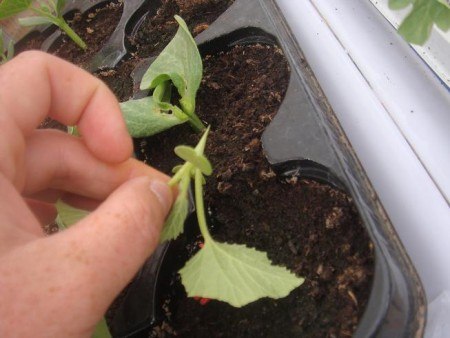
splice graft
This technique is similar to the previous one with some difference. The bevel pattern is cut below or above the cotyledons. The variety to be inserted that cuts with a bevel of the same angle as the previous one so that it has the same diameter as the pattern at its cutting point. Both shoots are joined by joining them with a special tube-shaped clamp.
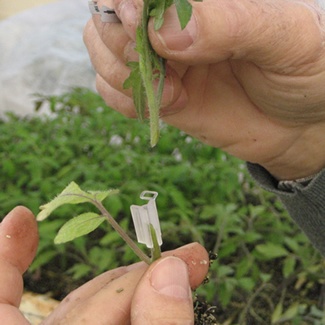
Attached Graft
Technique that is currently carried out mainly by machines. It consists of cutting the variety to be grafted into a spike at a certain angle. In the rootstock variety, two cuts are made, the first one eliminates one of the cotyledons and the vegetative apex and the second eliminates the root. The variety to be grafted is attached to the upper cut, making the cuts coincide. While the union is established, the rootstock takes root in the lower cut.
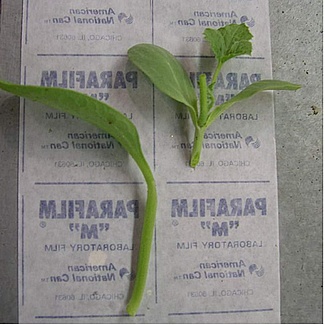
Well, the truth is that all the techniques are quite complicated for horticulturists who are just starting out, but knowledge does not take any place and I hope that after reading this you will at least be able to distinguish whether the plant you acquire comes from a graft or not. There will be time to make grafts in vegetables later.
All the best !

![Photo of Lawn Pests and Diseases: [Detection, Causes and Solutions]](https://www.complete-gardening.com/wp-content/uploads/2022/08/lawn-pests-and-diseases-detection-causes-and-solutions-390x220.jpg)
